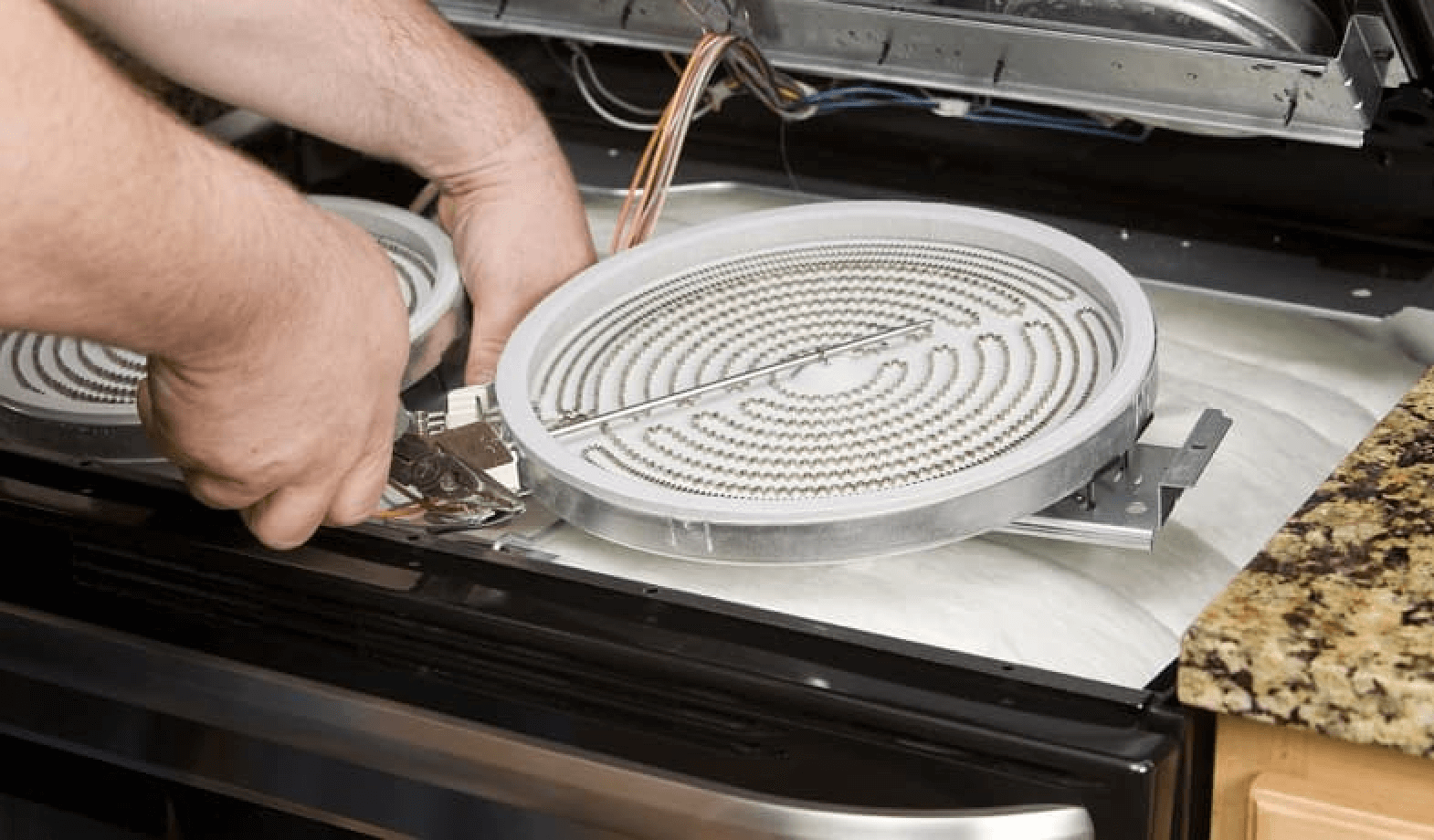Article 7
Many modern ovens come with a self-cleaning feature, but there are concerns about its effectiveness and safety. Some people wonder if self-cleaning ovens actually work and if they pose any risks. Others worry that using the self-cleaning feature can cause damage to the oven. In this guide, we will address these questions and explore alternative methods for cleaning an oven without relying on the self-clean feature.

To maintain your oven’s optimal condition, it’s essential to steer clear of these potential hazards associated with self-cleaning ovens.
Initially, self-cleaning ovens faced several issues, such as fire hazards and damage to the appliance, which caused concern among consumers. However, over time, manufacturers have made significant improvements to the self-cleaning feature, mitigating some of the risks and dangers associated with it.
Despite improvements in self-cleaning oven technology, it’s still crucial to be cautious of potential hazards and take necessary safety measures when using this feature. Here are some reasons to avoid using the self-cleaning cycle in your oven: fire hazards, toxic fumes, damage to the oven, and longer cleaning time.
What is the working mechanism of the self-cleaning feature in ovens?
The self-cleaning feature in ovens operates by heating the oven to temperatures exceeding 1000°F, which effectively burns off grease and other residues from the walls and racks. However, it’s crucial to note that self-cleaning ovens don’t clean themselves completely, and users need to clean them thoroughly before initiating the self-cleaning feature. Additionally, due to the possibility of self-cleaning oven hazards, it’s essential to monitor the cleaning cycle to guarantee a smooth and safe operation.
Is the self-cleaning feature in ovens effective?
If you’re questioning whether or not to use the self-cleaning feature in your oven, it’s worth noting that while it can be effective in eliminating grease and other residues, it does have some limitations. For instance, it can’t remove caked-on food or severe scorch marks that might be present on the oven walls. Moreover, self-cleaning cycles can be lengthy and take several hours to complete. Furthermore, using the self-cleaning feature can pose several hazards, including smoke or fire risk, and potential damage to critical oven components exposed to high heat.

Can using the self-cleaning feature in ovens lead to damage?
Is using the self-cleaning feature in an oven safe? One of the most prevalent risks associated with self-cleaning cycles is the possibility of damaging internal components, such as heating elements that may burn out. In addition, the length of time it takes for the oven’s self-cleaning cycle to complete could put the appliance at risk of smoke or fire if anything goes wrong. It’s crucial to be aware of the potential dangers when utilizing the self-cleaning feature in your oven.
If feasible, try to run the self-cleaning cycle about a month before any significant events or holidays to allow for any potential oven issues to be addressed before the big day. Lastly, keep a close eye on the self-cleaning cycle to ensure everything runs smoothly. If you detect any issues during the cycle, stop it immediately and contact a professional appliance repair service.





